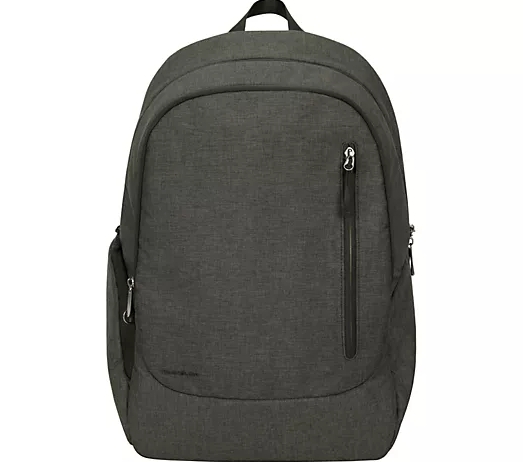Flying is one of the safest modes of transportation, thanks to a combination of technology, training, and sometimes, undercover protection. If you’ve ever boarded a flight and wondered if one of your fellow passengers was a federal air marshal, you’re not alone. These plainclothes officers are a key part of aviation security, blending into the crowd while being ready to handle any midair threat.
So how can you tell if there’s an air marshal on your flight? While they’re trained to stay unnoticed, there are a few subtle signs you might pick up on. This guide will walk you through who they are, when they’re likely to be on board, and what clues to watch for, all while respecting their role and privacy.
Who Are Federal Air Marshals?
Federal air marshals are armed law enforcement officers who work for the Transportation Security Administration (TSA), a branch of the Department of Homeland Security. Their mission is to protect passengers, crew, and aircraft from hijackings or other violent acts.
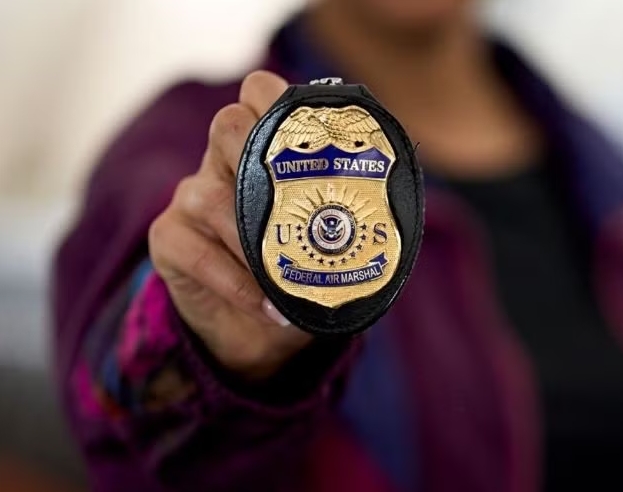
The program started in 1961 when aircraft hijackings were becoming a concern. Back then, only a handful of marshals flew regularly. Even at the time of the 9/11 attacks, there were just 33 active marshals. Since then, the program has expanded significantly, with around 3,000 air marshals now deployed across U.S. flights.
Their job is stressful and highly specialized: they must observe and evaluate behavior, stay alert for hours, and act quickly if needed, all without tipping anyone off to their presence.
Are There Air Marshals on Every Flight?
You might assume that every flight has an air marshal on board, but that’s not the case. With thousands of flights taking off every day, it simply isn’t practical. Instead, the TSA uses a risk-based approach to determine which flights warrant a marshal’s presence.
Factors like destination, departure city, passenger lists, and intelligence on potential threats are used to make the call. Airlines keep a couple of seats open until the last minute to accommodate marshals if assigned.
So while spotting one is possible, it’s relatively rare, and even rarer to know for sure.
How to Spot an Air Marshal: Clues to Watch For
If you’re determined to play detective, here are some common behaviors and traits that experienced travelers and even flight crews have noticed. Keep in mind these are just patterns — none of these alone prove someone is a marshal.
1. They Board at the Last Minute
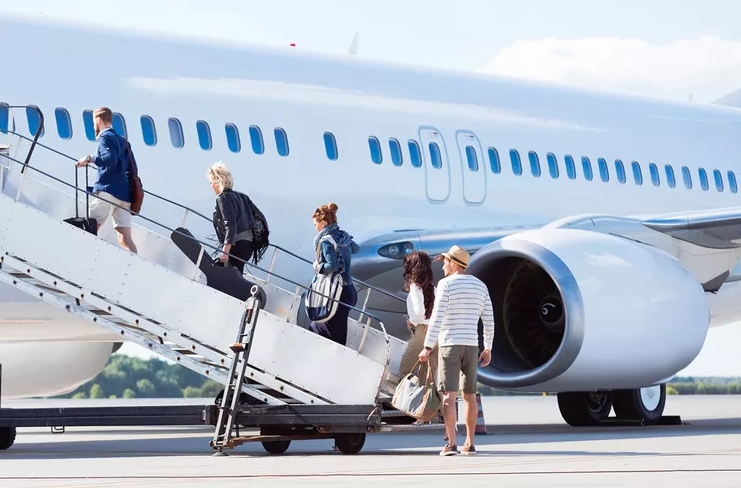
Air marshals are among the last passengers to board. While you’re already in your seat scrolling through your phone, they may be standing near the gate, quietly observing passengers as they board. This gives them a chance to spot suspicious behavior before even stepping onto the plane.
If you like to pass time at the gate without worrying about finding a charger, a compact power bank with built-in cables is a smart addition to your carry-on.
2. They Travel Light
Unlike most passengers, marshals don’t carry bulky luggage. You’ll usually see them with just a small backpack or carry-on. Since they don’t need to pack for vacation, their gear is minimal: a firearm, handcuffs, and a few essentials.
A slim anti-theft travel backpack like this one offers the kind of low-profile utility a marshal (or a savvy traveler) might prefer.
3. They Sit at the Back
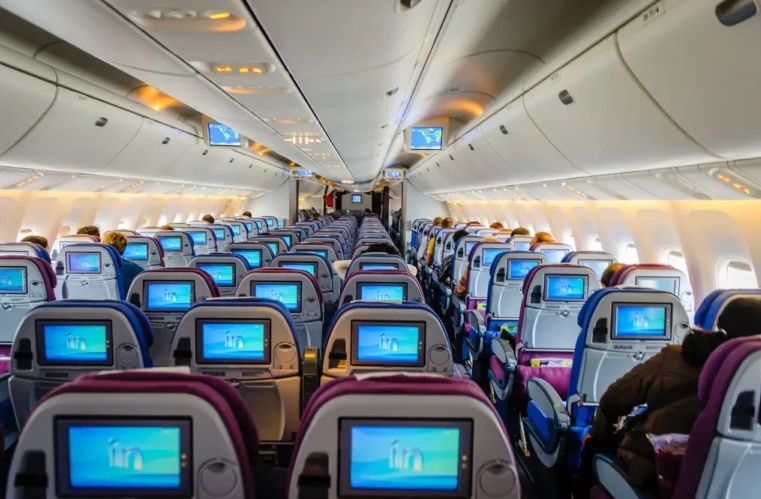
In the early days of the program, marshals sat in first class. Now, they’re more often at the back of the plane, in an aisle seat, so they have a clear view of the cabin and quick access if needed. Look toward the rear rows for lone travelers with a keen eye on the cabin.
4. They Don’t Sleep
Even on long flights, marshals remain awake and alert. You might notice a passenger who never naps, even on a red-eye, and keeps a steady watch on what’s going on.
That vigilance is part of their job. For travelers who like staying sharp and undisturbed, a light-blocking eye mask with built-in headphones can help you rest without losing awareness of your surroundings.
5. They Fly Solo
Marshals almost always fly alone. If you notice a solo traveler who fits some of the other patterns, it could be another hint. On high-risk flights, there may be more than one marshal, but usually, it’s just one.
6. They Blend In — But Not Perfectly
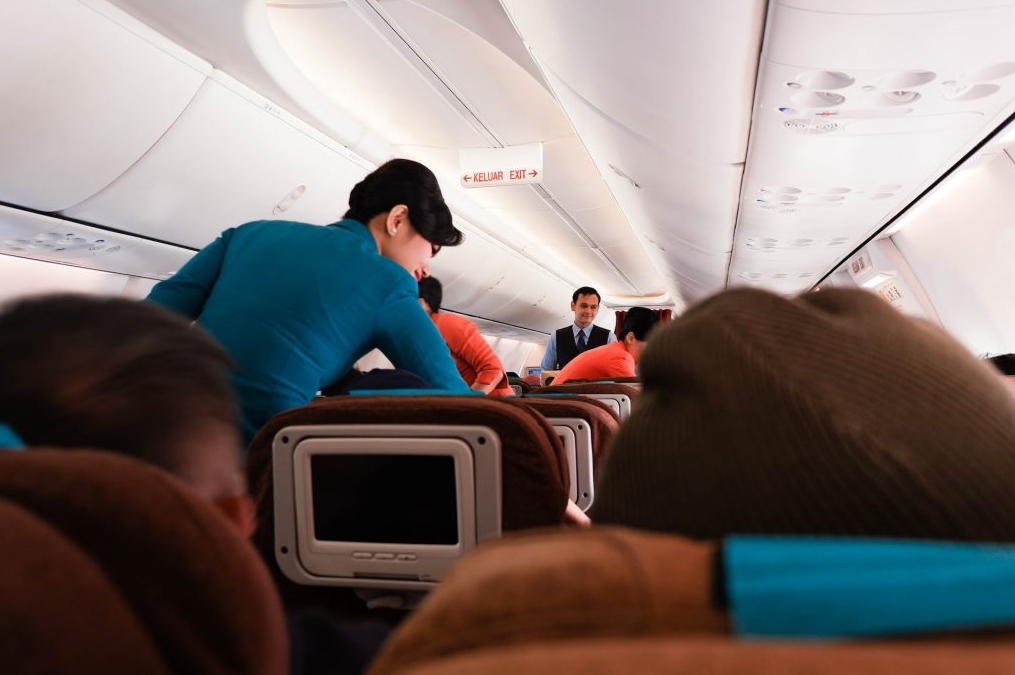
Part of their job is to look like any other passenger, but sometimes you’ll notice something slightly off. Their clothing might not quite fit the climate, or they may seem too formal or mismatched. This can happen because they’re flying between very different weather conditions without changing clothes.
7. They Interact with Crew
Flight attendants are informed when a marshal is on board. You might see a crew member occasionally checking in with a certain passenger or exchanging quiet, familiar glances.
Other Behaviors That Might Give Them Away
If you’re paying close attention, here are a few other subtle signs:
They may skip routine TSA screenings at the security checkpoint, passing through a different line with just a nod to staff.
They may engage with TSA agents or police officers at the airport in a way that seems more collegial than casual.
They might keep a close eye on passengers who are visibly nervous, intoxicated, or acting erratically.
Of course, none of these are foolproof. Many travelers exhibit similar behaviors for entirely innocent reasons.
Are They the Same Marshals Who Escort Prisoners?
No. That’s a common misconception, likely fueled by movies and TV. The officers who escort prisoners on planes are U.S. Marshals, part of the U.S. Department of Justice. Federal air marshals work for the TSA and have a very different role.
Why You Shouldn’t Confront an Air Marshal
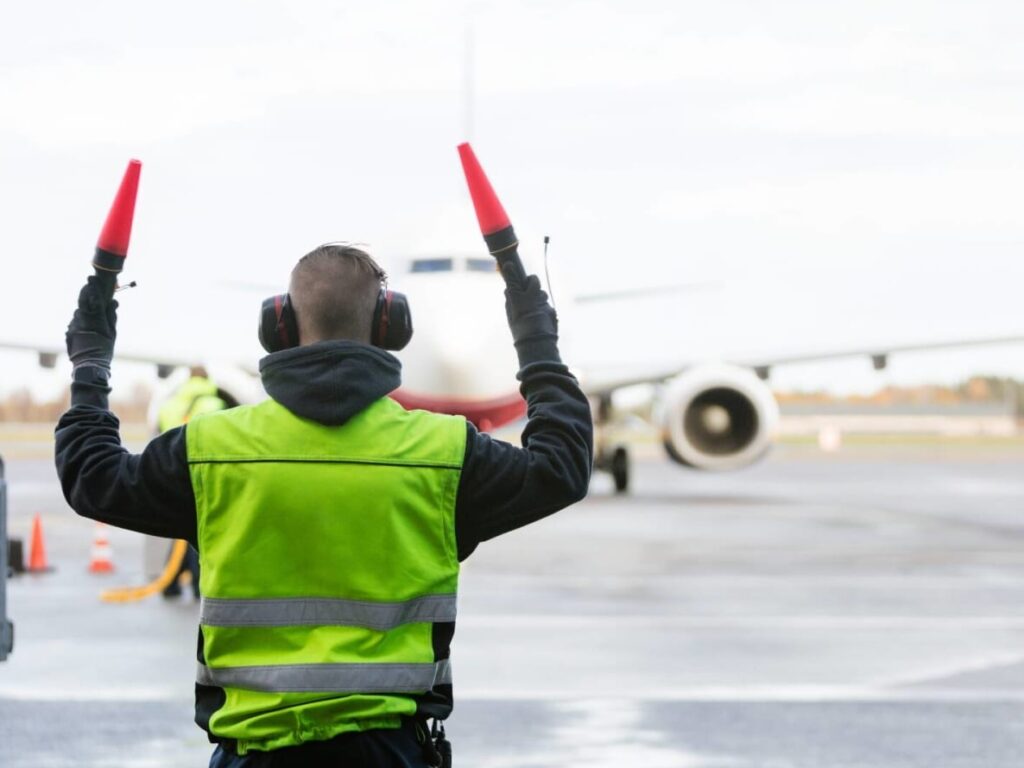
If you’re pretty sure you’ve identified an air marshal, resist the urge to engage with them. Their effectiveness depends on staying under the radar. Calling attention to them or trying to chat about their role can put both them and the flight at risk.
Even if you’re just curious, it’s best to keep your observations to yourself and let them focus on the job at hand, keeping everyone safe.
Stories From Fellow Passengers
Travelers have occasionally shared anecdotes about spotting air marshals. From noticing a fellow passenger who stayed awake through a transatlantic flight, to seeing someone bypass security and then sit quietly in first class with a watchful demeanor, these stories tend to confirm what we know: they blend in, but not perfectly.
One passenger even reported noticing an officer’s gun under his jacket when he greeted flight attendants warmly on a return trip. Others have seen them quietly restrain an unruly passenger mid-flight.
Why It’s Harder Than You Think
Despite these tips, it’s important to remember that marshals are highly trained in staying unnoticed. What you see may only be part of the picture. As one air marshal put it, if you think you’ve spotted one, you probably haven’t.
They’re professionals. They know you’re watching just as much as they’re watching you and they’re better at staying hidden than you are at spotting them.
Final Thoughts
Flying with an air marshal on board may feel like an added layer of security, but you won’t always know they’re there — and that’s by design. Their presence is meant to deter potential threats while blending seamlessly into the passenger mix.
If you do think you’ve spotted one, take it as reassurance that someone is watching over the flight. And remember, the best thing you can do is let them do their job without interference.
So next time you fly, keep an eye out for that lone passenger in an aisle seat at the back, awake and alert, with little luggage and a mismatched outfit. You just might be sharing your flight with one of aviation’s silent guardians.
Safe travels.


